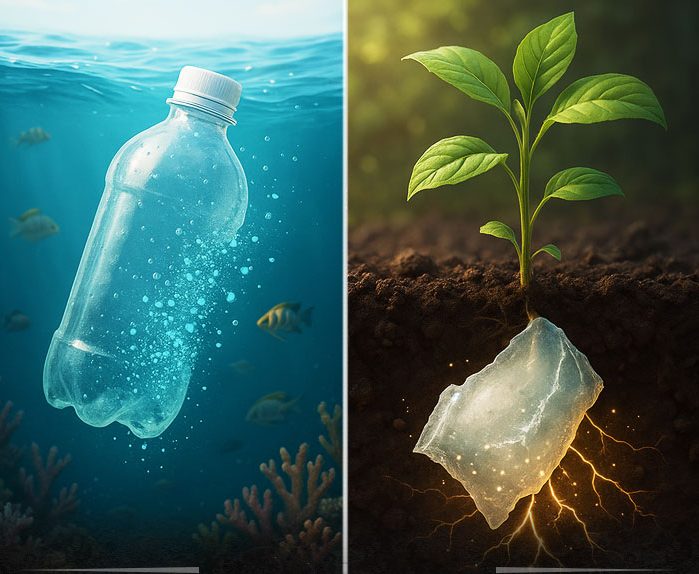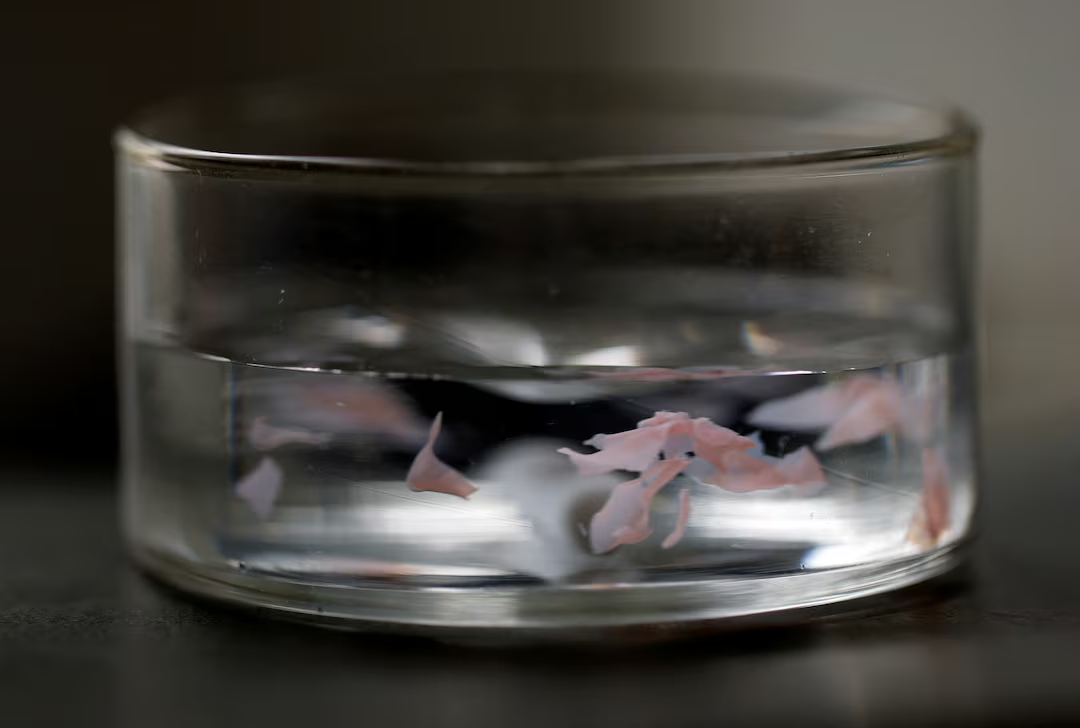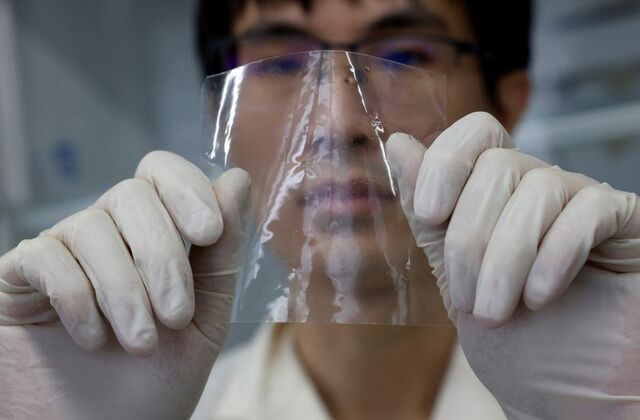The New Generation Bio-Plastic: Japan’s Strategy to Save the Ocean and Feed the Soil

Japanese researchers have unveiled a revolutionary biodegradable plastic that not only addresses plastic pollution but actively serves as a natural nutrient source. This invention sets a new standard for sustainable materials in the 21st century.
This unique material is engineered for astonishing decomposition rates: it can completely dissolve in seawater within hours and break down in soil within days. This is a significant leap beyond most existing bioplastics, which often require specific industrial composting conditions or take months, even years, to fully disintegrate.
Dual Functionality: From Packaging Material to Fertilizer
The most groundbreaking aspect of this Japanese plastic is its ability to transform from a spent packaging material into a beneficial resource. As it breaks down, it releases essential nutrients like phosphorus and nitrogen into the soil. These two elements are critical, playing a key role in plant growth and the overall health of agricultural land.
Immediate Environmental Benefit: With its rapid solubility in seawater, the material offers a direct solution to marine plastic pollution, eliminating the risk of forming harmful microplastics—a global ecological threat.
Long-Term Agricultural Gain: It provides an economic and environmental benefit to farmers, essentially turning waste packaging into a form of natural fertilizer, thereby reducing the need for synthetic chemical alternatives.
Absolute Safety and Vision for Global Replacement
The bioplastic is made from food-safe and non-toxic components, ensuring it is completely safe for direct food contact and harmless to living ecosystems. Crucially, during its rapid decomposition, it produces no CO2 or other greenhouse gases.
The Japanese scientists hope this innovation will be widely adopted to replace single-use plastics in food packaging, agricultural films, and disposable cutlery. The emergence of this material is more than just a scientific advancement; it is a blueprint demonstrating that harmony between industry and ecology is entirely achievable.











